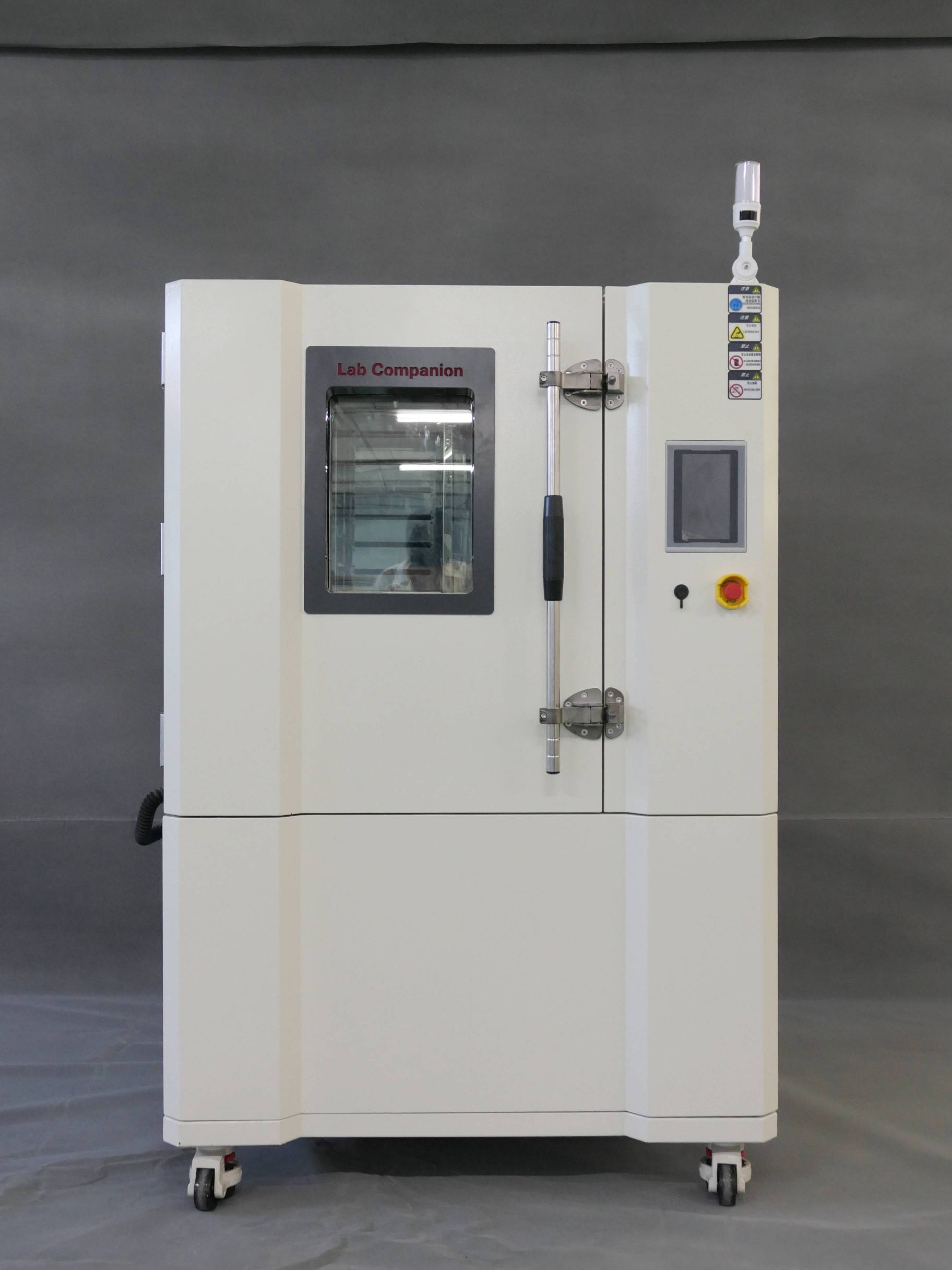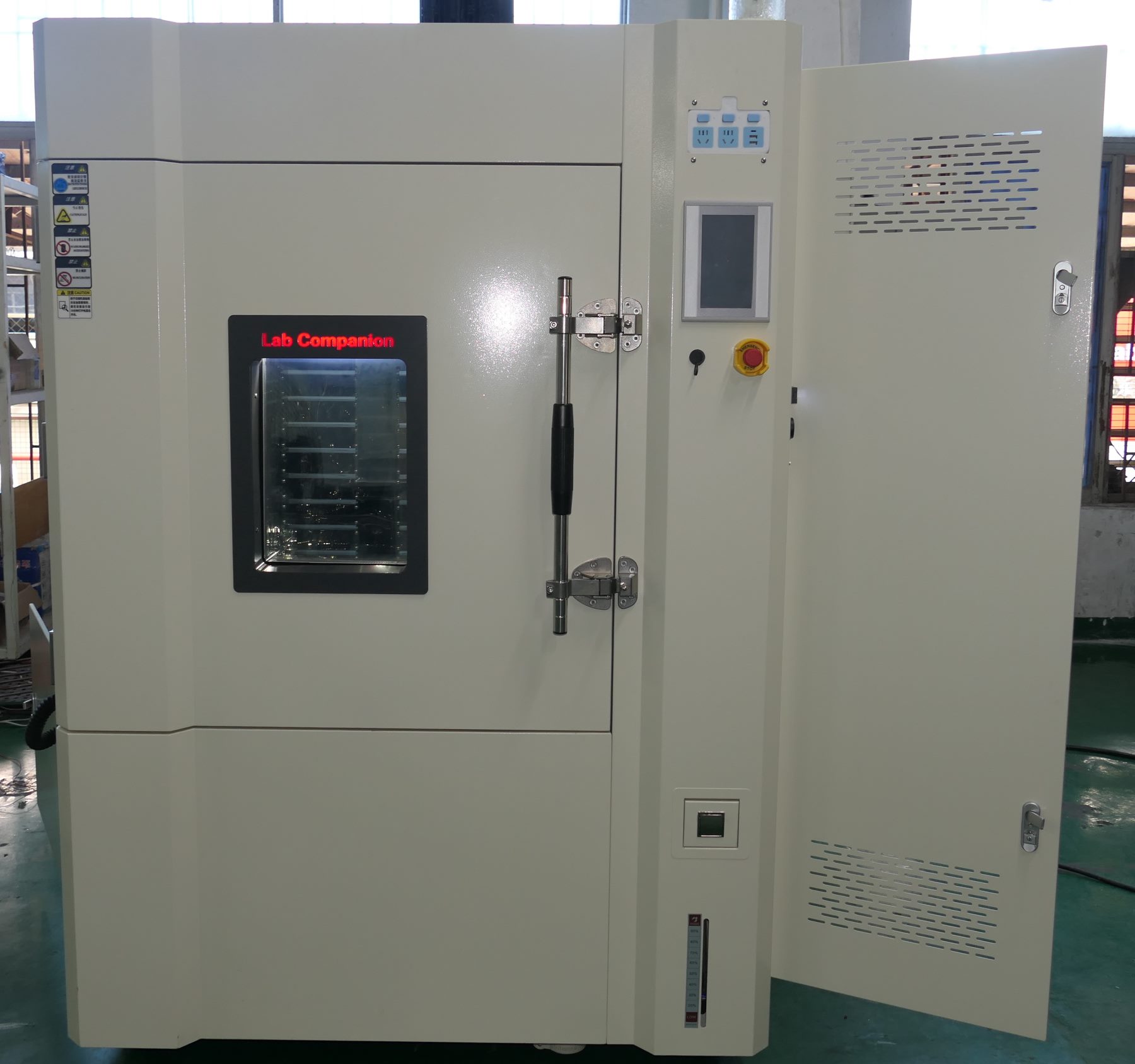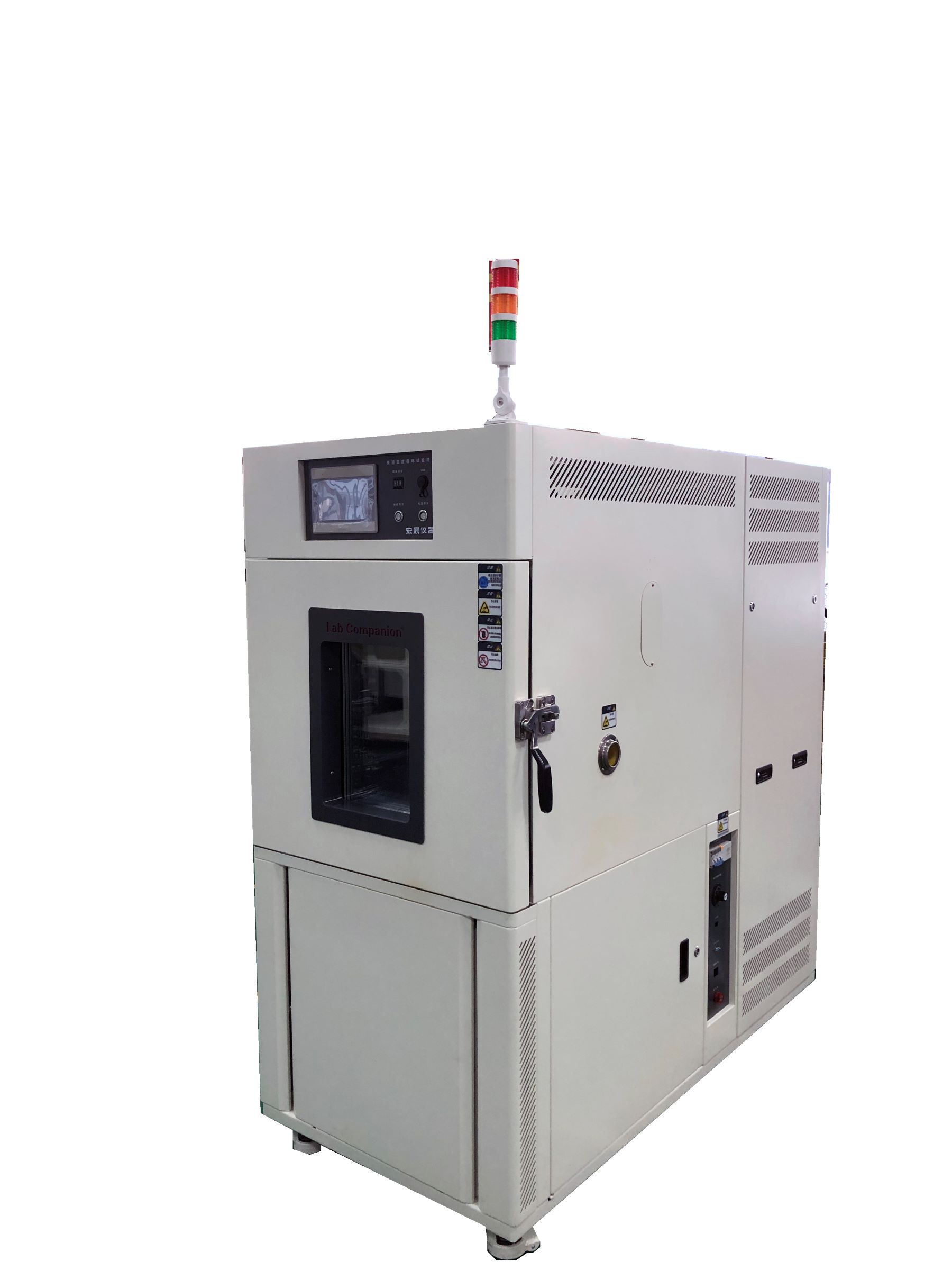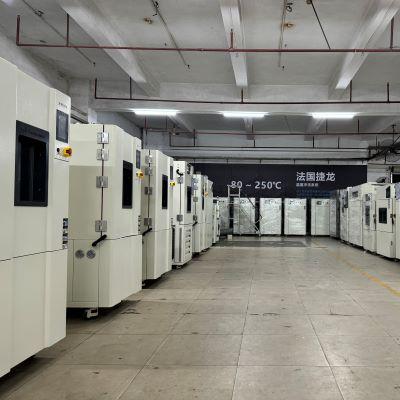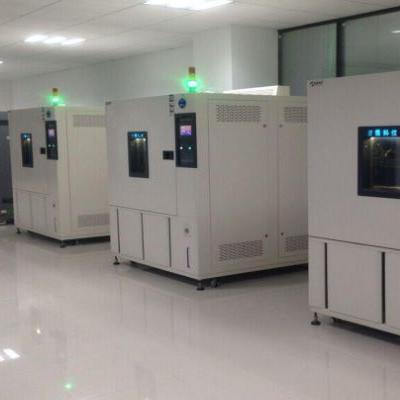Got Your Temperature Test Chamber? Here’s What You Must Do Next!
Nov 28, 2025
I. Receipt Inspection
1. Physical Verification
Confirm equipment model, specifications, and serial number match the contract/packing list to avoid wrong delivery.
Inspect the cabinet, door, and control panel for transportation damage (dents, deformation) and ensure pipelines/wiring are intact without loosening.
2. Accessory & Document Check
Required accessories: Power cord, sample shelves, sealing rings, wrenches, and other tools (verify against the packing list).
Technical documents: Operation/maintenance manual, calibration certificate, warranty card, and qualification certificate (all mandatory for after-sales service).
3. Abnormal Handling
In case of damage or missing items: Immediately take photos (overall equipment, damaged details, packing list), notify the supplier within 24 hours to submit a claim, and sign the "Acceptance Objection Form" for documentation.
II. Installation & Deployment (Compliant Installation Ensures Performance)
1. Environment Requirements (Must Meet the Following)
Floor: Flat and sturdy, with load-bearing capacity ≥1.2 times the equipment weight (to avoid test errors caused by vibration).
Space: ≥30cm ventilation gap around the cabinet; keep away from heat sources, water sources, dust, and strong electromagnetic interference.
Power supply: Match the rated voltage (e.g., 380V three-phase five-wire/220V single-phase), grounding resistance ≤4Ω, and equip an independent air switch (power ≥1.2 times the equipment's rated power).
Environment: Room temperature 15-35℃, humidity ≤85%RH (no condensation); water-cooled models require pre-connected cooling water circuits meeting specifications.
2. Basic Installation Steps
Level the equipment: Adjust anchor bolts and use a level to confirm horizontal alignment (to prevent uneven stress on the refrigeration system).
Wiring inspection: Connect the power supply per the manual and ensure correct neutral/grounding connections (a common cause of electrical failures).
Consumable check: Confirm refrigerant and lubricating oil (if applicable) are properly filled with no leakage.
III. Commissioning (Core: Verify Performance Compliance)
1. First Startup Procedure
(1) Recheck power/pipeline connections before power-on; switch on after confirmation.
(2)Panel self-test: Ensure the display shows no error codes and buttons/indicators function normally.
(3)No-load operation (2-4 hours):
Set a common temperature range (e.g., -40℃~85℃) and monitor temperature fluctuation ≤±0.5℃ (meets industrial standards).
Check door sealing (no obvious air leakage), operating noise ≤75dB, and normal start/stop of refrigeration/heating systems.
2. Load Verification (Simulate Actual Usage)
Place a load equivalent to the test sample (weight/volume ≤80% of the equipment's rated load) without blocking air ducts.
Set the target temperature and holding time; record if the heating/cooling rate meets technical parameters (e.g., -40℃~85℃ heating time ≤60 minutes).
Alarm test: Simulate power failure, over-temperature, or door-open timeout to confirm timely alarm response (audio-visual alarm + shutdown protection).
IV. Emergency Handling & After-Sales Coordination
1. Common Fault Resolution
Error codes: Refer to the "Troubleshooting" section in the manual (e.g., E1=Over-temperature, E2=Power abnormality).
Sudden failures: (e.g., electric leakage, abnormal noise, refrigeration failure) Immediately cut off power, stop use, and contact the supplier's technical support (do not disassemble independently).
2. After-Sales Support
Retain the supplier's after-sales contact (phone + email) and confirm the warranty period (usually 1 year for the whole machine).
Maintenance records: Request a "Maintenance Report" after each service and file it for future tracing.
อ่านเพิ่มเติม


